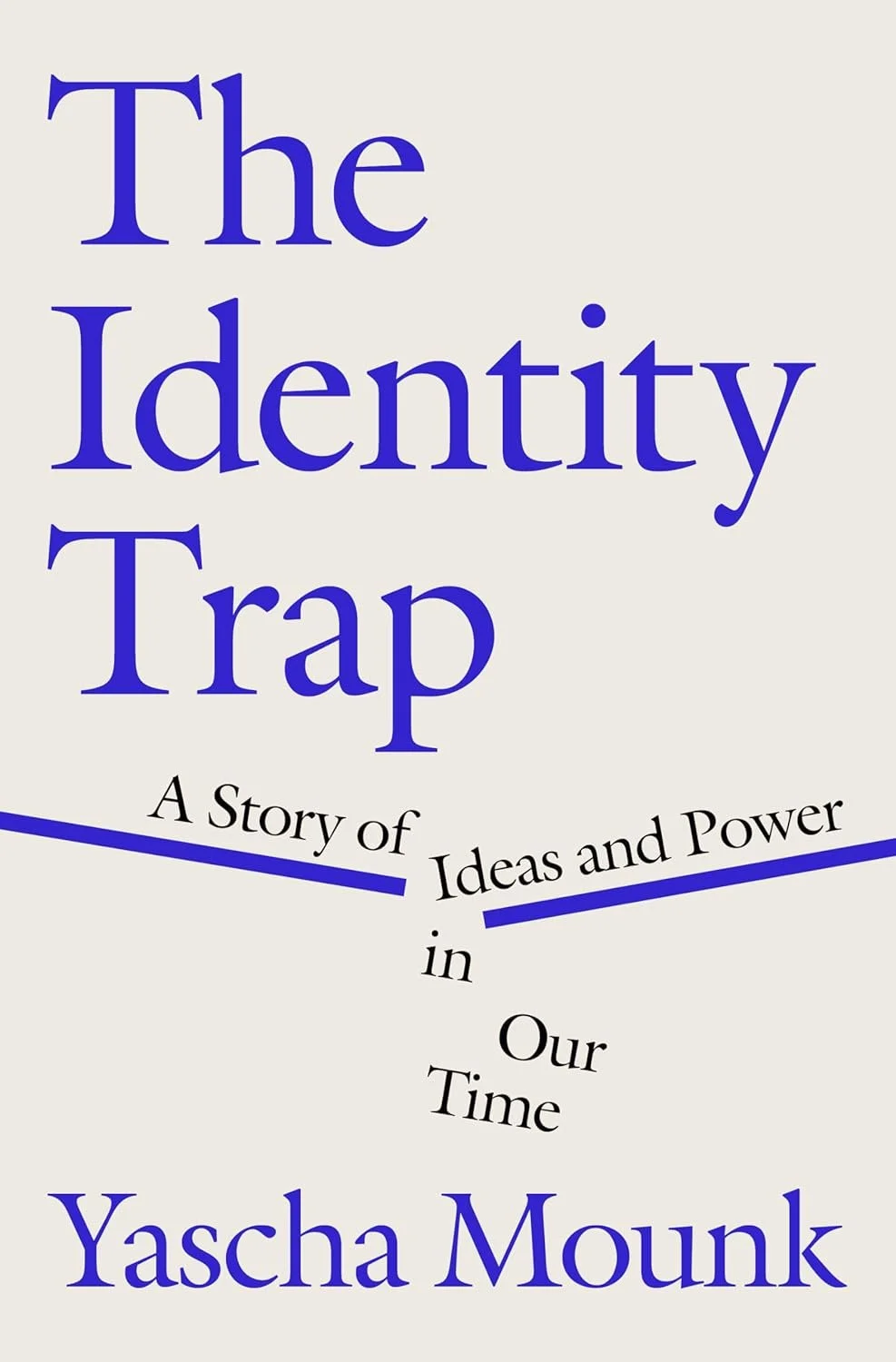The Baptist Story - A Review
There has been a need for a new textbook on Baptist History for some time. Leon McBeth’s book, The Baptist Heritage had its day, but his presentation of Baptists was slanted toward his perspective on a number of issues. Also, McBeth’s book was published in 1987 before the culmination of the SBC’s conservative resurgence.
As such, The Baptist Story: From English Sect to Global Movement is a welcome volume. Three historians collaborated to write this 300-page volume. Anthony Chute serves at California Baptist University, Michael Haykin teaches at Southern Baptist Theological Seminary, and Nathan Finn recently left Southeastern Baptist Theological Seminary for Union University. The collaborative effort is helpful on a textbook that covers hundreds of years of data because each man has a different area of expertise.
The Baptist Story aims to tell the tale of Baptists from their beginnings to the present in an irenic matter. Besides eating, Baptists excel at quibbling over seemingly trivial matters. The priesthood of all believers (or freedom of conscience) has at times given rise to a contentious spirit in some. The three authors of this work seek to give an even handed explanation for the origins of Baptists, the historic soteriology of the Baptists, and some of the social ills that Baptists have tolerated or even aggravated. This is neither a whitewashing nor an exposé.
Summary
The book contains three sections. The first section deals with Baptists in the 17th and 18th centuries. This is the period of Baptist beginnings, through a time of persecution and possible extinction. At the end of that period, however, Baptists were growing and beginning the modern missionary movement in hopes of taking the gospel to all parts of the globe.
In section two, the authors trace Baptist History through the 19th century, which was a time of rapid expansion and rise to prominence of the Baptists. In particular, the low-church approach of Baptists with little requirement of formal education of clergy allowed a more rapid growth. It also led to theological ignorance, which made Baptists subject to fragmentation and heresy in the face of the challenges of Modernism.
Section three documents the twentieth century through the present. The impact of the World Wars, the Social Gospel, and Liberation Theology are all documented in these chapters. So is the continued growth of Baptists in most lands. The book would be remiss if the Conservative Resurgence of the Southern Baptist Convention were neglected, so thankfully the coverage of that important topic is adequate.
The fourth section outlines some of the basic beliefs of Baptists: those things that make Baptists distinct from other denominations. This final section is the only prescriptive section of the volume; the remainder of the volume is fairly even-handed historical description. Even in this prescription, though, the authors are attempting to describe what has historically made Baptists different. It is apparent, though, that many of these things are also held to be good by them.
Analysis
The greatest contribution of this volume is that it provides an updated resource for those seeking to teach or understand Baptist History. Nearly thirty years after McBeth’s book was published, it was beginning to fall out of favor in many circles. Bebbington’s volume, Baptists Through the Centuries, will likely remain popular. However, The Baptist Story provides a different perspective on Baptists that may be more helpful for American students and better adapted to the college level.
This volume has explanatory power. It is readable and informative. It explains the Baptist movement without devolving into petty critique and promotion of factions. This is a book that explains the Baptist story in a global context, shedding light on the 1/3rd (or so) of worldwide Baptist believers that live outside of the United States. As such it serves to explain the American story and illuminate the global story beyond a missionary narrative. This is a book worth owning.
The Baptist Story aims to be a college level textbook and to provide visual cues along the way. There are textboxes with primary source quotes and pictures of key individuals and locations throughout the text. In addition to these graphics, it would have been beneficial for the volume to include charts and timelines that provide visual representations of the historical progression of Baptists. The Baptist history is complex, so that there is a constant battle between sorting information topically and chronologically. Timelines and charts would have helped readers navigate the transitions.
Another potential improvement for a second edition would be to add a glossary with some of the key theological terms. This is not a theology textbook, it is a history. Still, when concepts like the Social Gospel and Liberation Theology are mentioned, it would be convenient to have a brief explanation close at hand. It is impossible to understand the history of a religious movement without a firm understanding of some contours of the theology. A future edition could be enhanced by supplementing the text with a brief theological glossary.
Conclusion
This is an outstanding overview of Baptist History. I wish it had been published when I took my Baptist History nearly a decade ago. I read thousands of pages of primary sources to gain a similar understanding of the sweep of Baptist History. It is my hope this book will find a prominent place in theological education of Baptist students in the future, as well as in local churches as a means to explain how we got where we are.
Note: A gratis copy of this book was provided by the publisher with no expectation of a positive review.



























